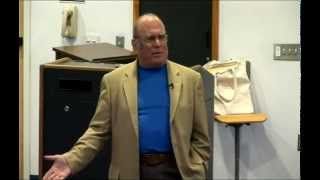About Nanocourses
& Nanosemantics.
The biggest cause of “glossaphobia” (fear of learning foreign languages ) is biting off more than you can swallow, like wanting to speak like a native or speak without errors (not the same thing, but equally impossible). Learning 2-3 important words (like ‘no’ & ‘thanks,’ in a 2-3 languages is a good start, for basic communicative possibilities. The best next step is a “nano-course”,” with “story-sentences,” to force Creativity. There’s no limit to the confidence & fluency you can develop with two dozen words, chosen for interest from the main parts of speech. Languagebazaar.com offers several Nanocourses, from Italian to Japanese.
SHORTCUTS.
You should tell “imaginative stories about fun animals in the present tense. Language Hobbyists sometimes learn commands first, but these often lead into “Tarzan speech.” In English it’s also pirate speech (“I be tired”), a step above Tarzan. But in some languages it sounds much worse, eg for Je Parlez for French Je Parle (with silent e). Here & generally, “too much grammar” is confusing, & the best rule is “if in doubt, leave it out.” In English, “the childs wented to many storedren” is much more confusing than the (also very incorrect) “Many child go yesterday to many store, which is communicatively clear. If you’re using my Nanocourses, be sure to follow the Study Steps fully, one at a time. Stretching out the lessons is also helpful.



